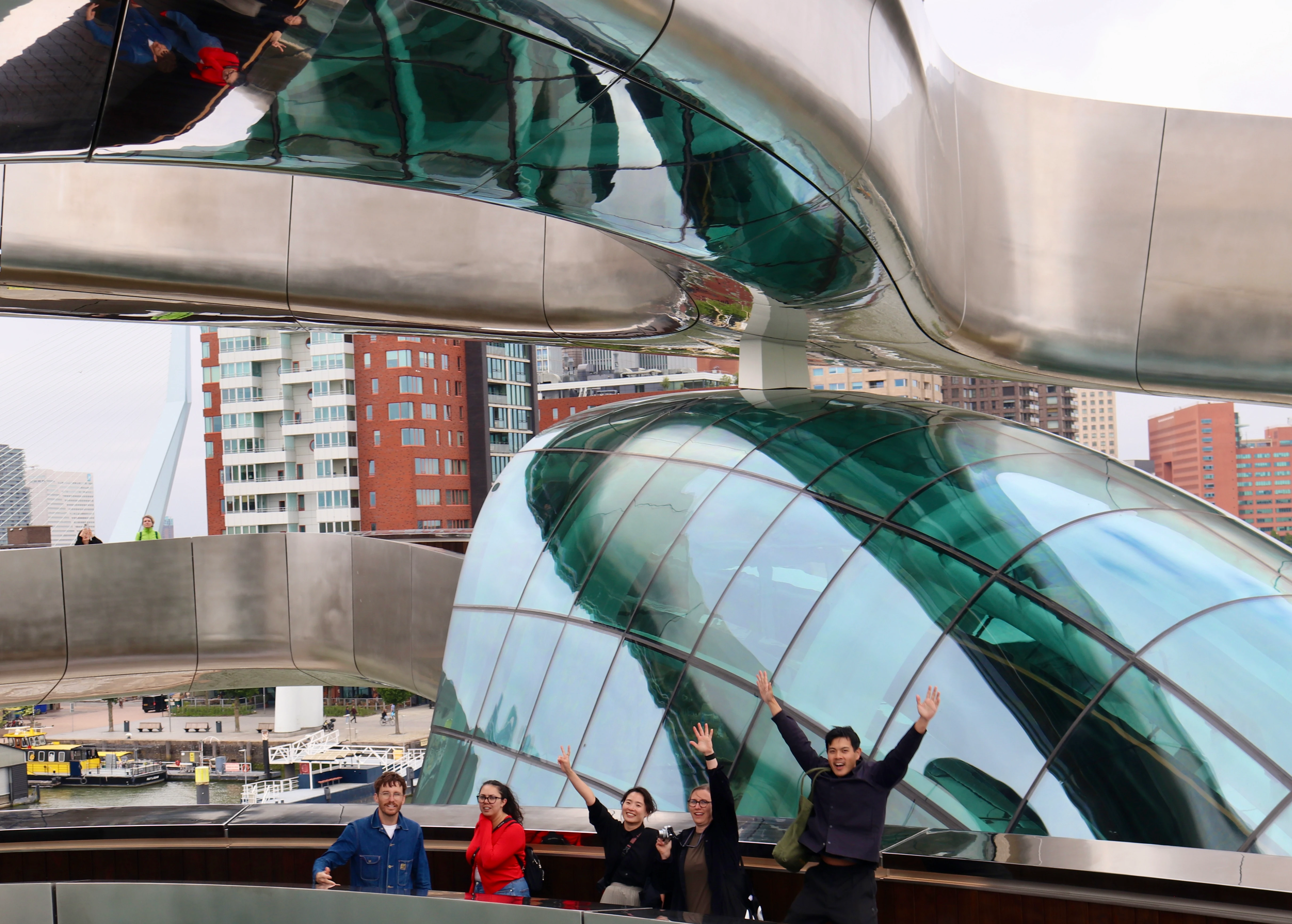
Dulux Study Tour 2025
Copenhagen
The Dulux Study Tour's first stop in Copenhagen saw emerging Australian architects exploring notable projects.
Enhancing social connection through architecture
By Adair Winder
When it comes to contemporary architecture in Copenhagen, everything starts and ends with the city as an instrument for a better quality of life. During the first leg of the Dulux Study Tour 2025, discussion between the winners consistently circled back to the very Danish idea that architecture must return to the public what it takes, offering value in exchange for space and presence.
Read more about the Copenhagen visit
Gallery photo credit: Adair Winder
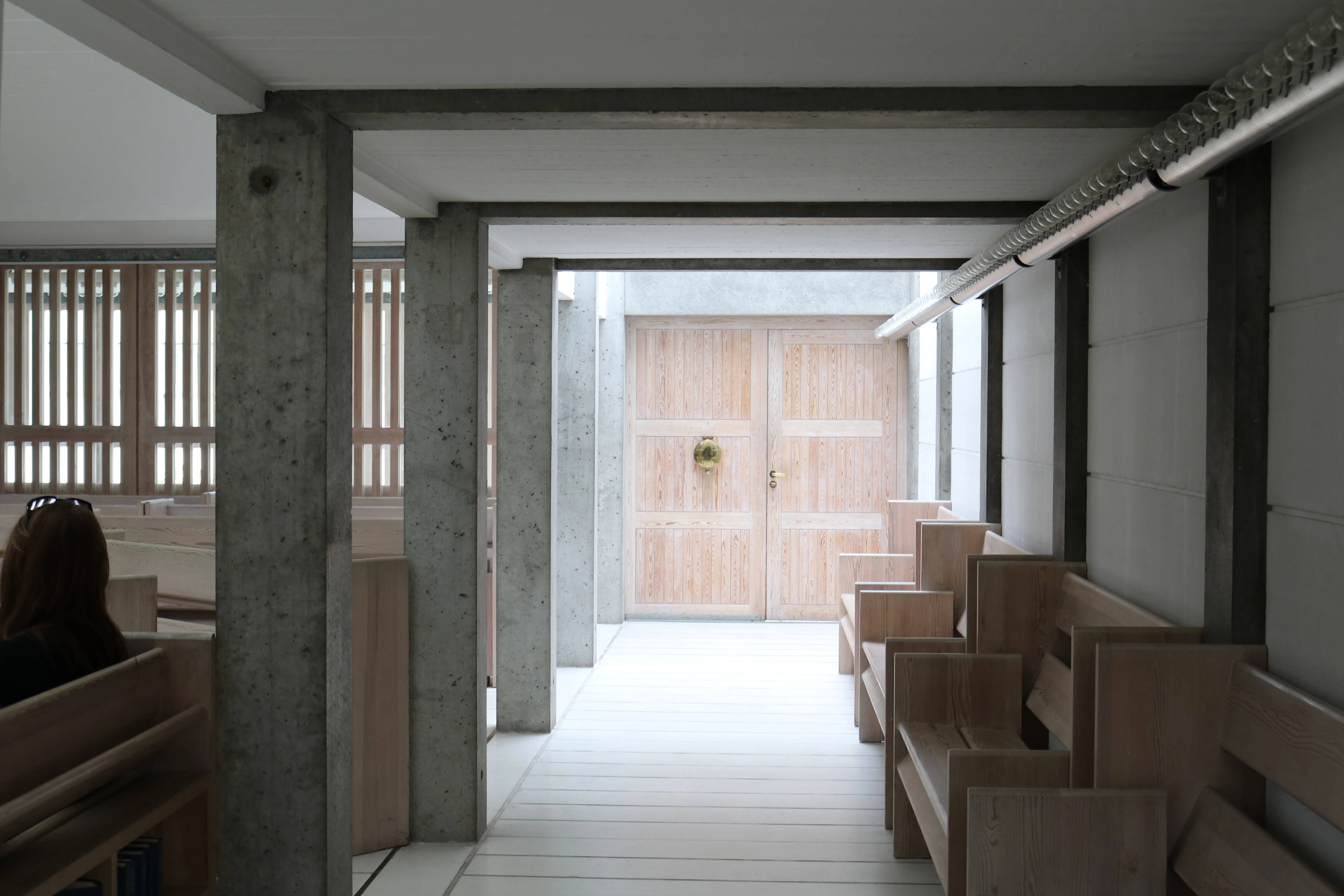

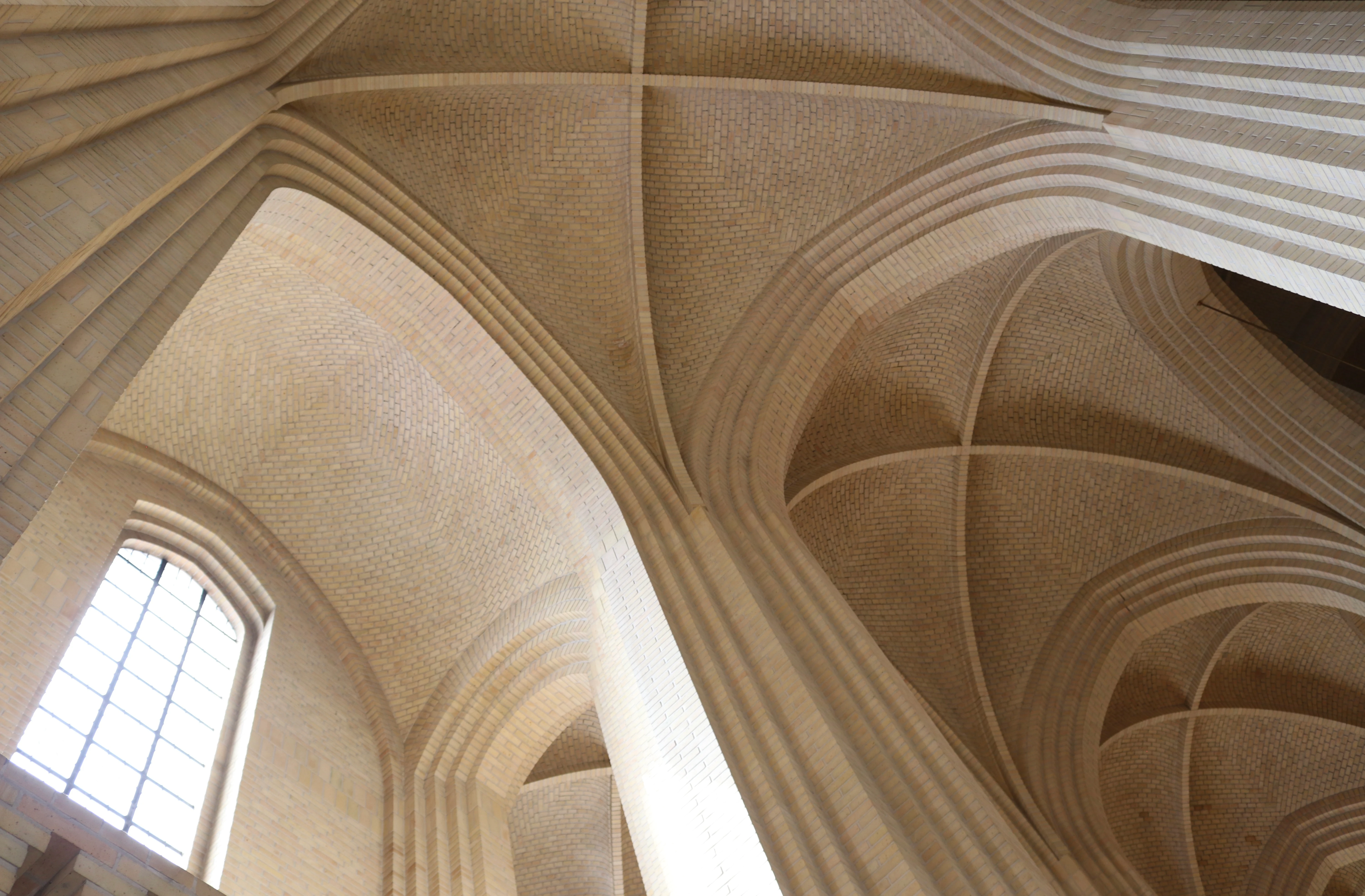

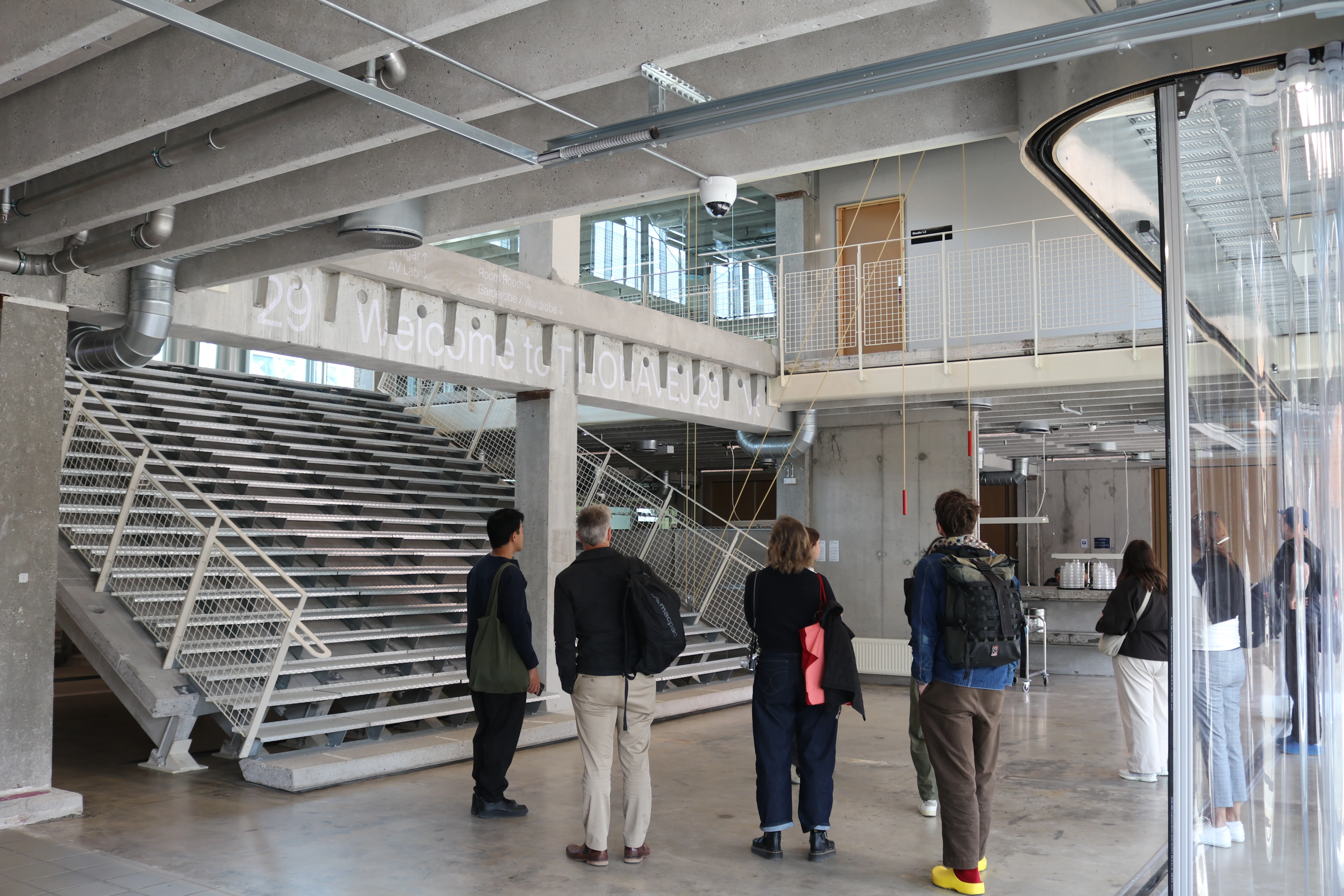
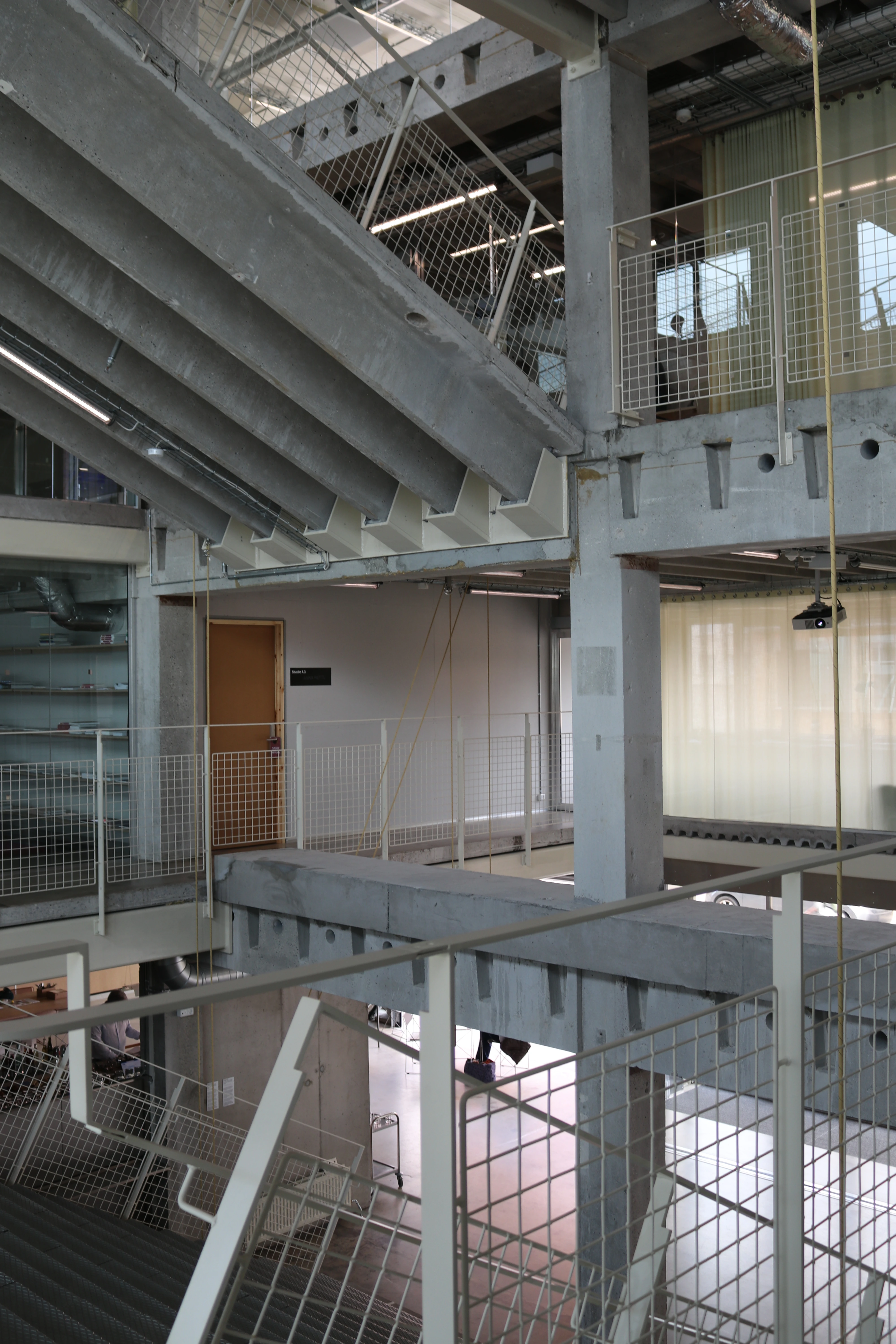
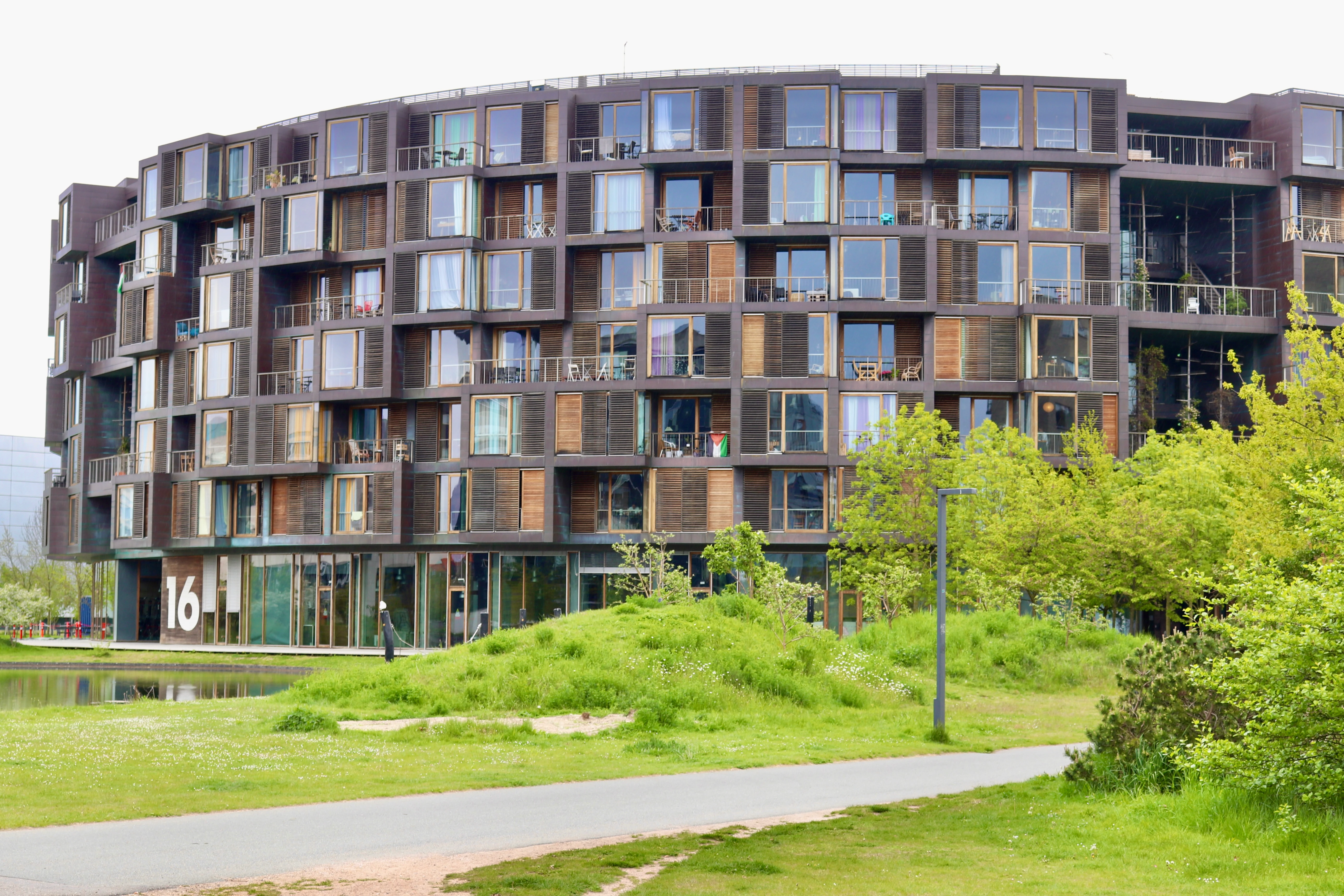
Reflections Day 1
By Kate Shepherd
We began the day with a literal shock to the system – plunging into the icy waters at Kalvebod Bølge along Copenhagen’s harbourfront. It was a fitting introduction to a city that doesn’t just welcome bold moves – it’s built on them. Over the past decade, Copenhagen has transformed itself through design, using architecture as a tool to shape behaviour, support public life, and soften the edges between the built and natural environment. That early dive set the tone for the first day of the 2025 Dulux Study Tour.
As we cycled through the city, it became clear that Danish architecture has evolved beyond the icon. The focus has shifted to the edge condition – where building meets street, and the private recedes to make room for the public. These are not hard boundaries, but soft thresholds: curved, generous, sometimes playful, always intentional. Architecture here yields – making space for a tree, a bench, a child’s game, or a moment of pause. This isn’t incidental. A choreography instigated by some of the big-name architects in town, it reflects a culture where design and policy work in concert to prioritise public life.
Our guide, Alice, who previously worked with the City Architect’s office, reminded us that “architecture shouldn’t take more than it gives.” In Copenhagen, buildings feel like they belong to the city—not the other way around. What’s particularly striking is how this generosity of space emerges from clear civic intent. Gerard Reinmuth from TERROIR called this the poetry of pragmatism. The Danes have invested in design excellence through design governance.
As an Australian architect, I couldn’t help but reflect on what this might mean at home. At our national conference this year, all state Government Architects were awarded the National President’s Prize – a recognition of the vital role design leadership plays in shaping public outcomes. And yet, over dinner with Scott Balmforth, director at TERROIR and strategic architectural and urban design advisor to Infrastructure Tasmania, I was reminded that in Tasmania, we can’t even officially call him a “Government Architect.” The title is avoided despite the work aligning with the position description.
That reluctance speaks volumes. While Copenhagen has embedded design thinking into policy to become one of the world’s most liveable cities, we still too often treat architecture as an aesthetic add-on rather than a mechanism for structural change. In Tasmania – Australia’s most socio-economically disadvantaged state – this is a missed opportunity. Copenhagen’s model shows what becomes possible when design is embedded not just in form but in governance. It’s not just about better buildings – it’s about building better lives.
Gallery photo credit: Kate Shepherd

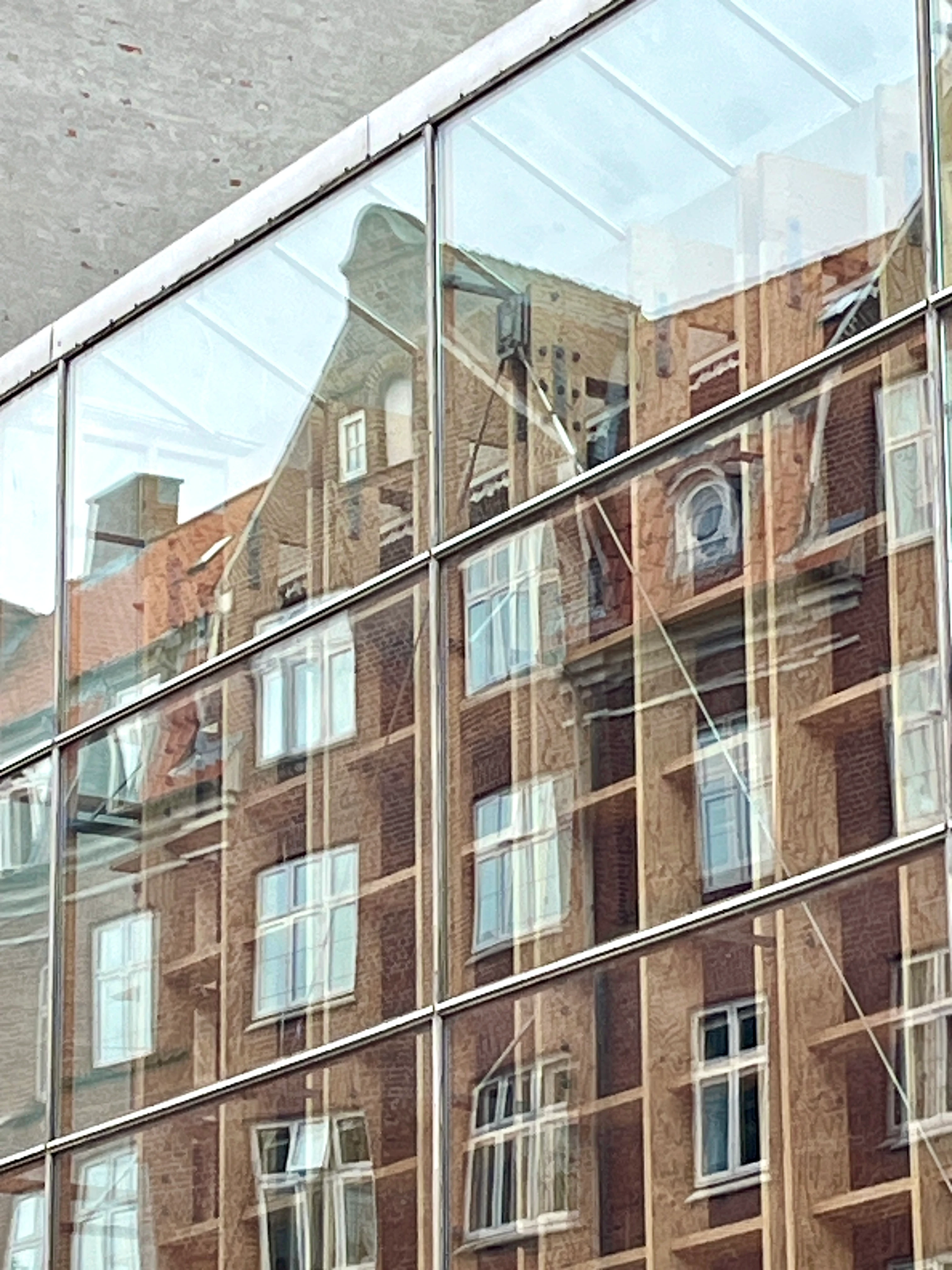


Reflections Day 2
Rewilding, Rigour and Radical Care: Practice Visits in Copenhagen
by Marni Reti
Copenhagen's architecture is generous to the public realm and Copenhagen's architects were even more so to us. Day two began at the shared office space of Johansen Skovsted Arkitekter, Djernes & Bell and Kim Lenschow, over coffee and Baku pastries. In this collaborative, little ecosystem of a workplace, the three practices share lunch, end-of-year parties and knowledge – a testament to the collaborative nature that ran through all of the practices we visited.
Johansen Skovsted’s extensive experience in architectural reuse, landscape rewilding and rewetting offered a fascinating approach to working within existing ecological systems and utilising architecture to improve components of that as opposed to reworking the entire structure of the landscape. It’s an approach that can inform our work in various remote Indigenous communities in Australia, where we should be looking for smaller-scale solutions that support existing social, cultural, and environmental systems, rather than attempting to rebuild them. As Djernes & Bell director Justine Bell reminded us, that is not the role of the architect.
Bell remarked that the architect's role in this work lies in our professional expertise in land use, existing structures, storytelling and the synergy in communicating potential futures – how landscapes can look and how buildings can feel. Their rigour in material testing and resource-mapping encouraged vigorous conversation around climactic materiality, vernacular architecture and construction methods. Bell, a South African architect, noted that both Australia and South Africa often look to Europe for answers, when, in fact, more relevant ideas are emerging from home. As many Australian architects grapple with integrating colonial vernaculars with Indigenous knowledge systems, we can also look to vernacular architecture, not to overly romanticise it, but to understand and reinterpret these ideas through a contemporary lens.
These kinds of projects rely on the humility of the architect to engage with experts in agriculture, biology, geology, rewetting and research.
Through Copenhagen's built environment principle of not building new, we've come to understand – through the lens of these architectural practitioners – the idea of making what is necessary with what is available. The labour involved in reusing existing buildings, conducting material research and constructing the architecture that has been redefining Copenhagen for the past decade reflects the same care that continues to be invested in a building throughout its life span.
“Buildings that have included the most labour are taken care of the most,” said Bell. I've seen this ethos at work first-hand in my own work in regional and remote communities in Australia. When communities are involved in the design – through consultation, iterative design and revalidating form translation – and in the construction – by engaging local builders, sub-contractors, suppliers, ongoing contracts, the buildings are valued as more than just structure and form. They become part of the system of the community: spatially, economically and culturally.
Gallery photo credit: Kate Shepherd(1-3) & Marni Reti (4-5)
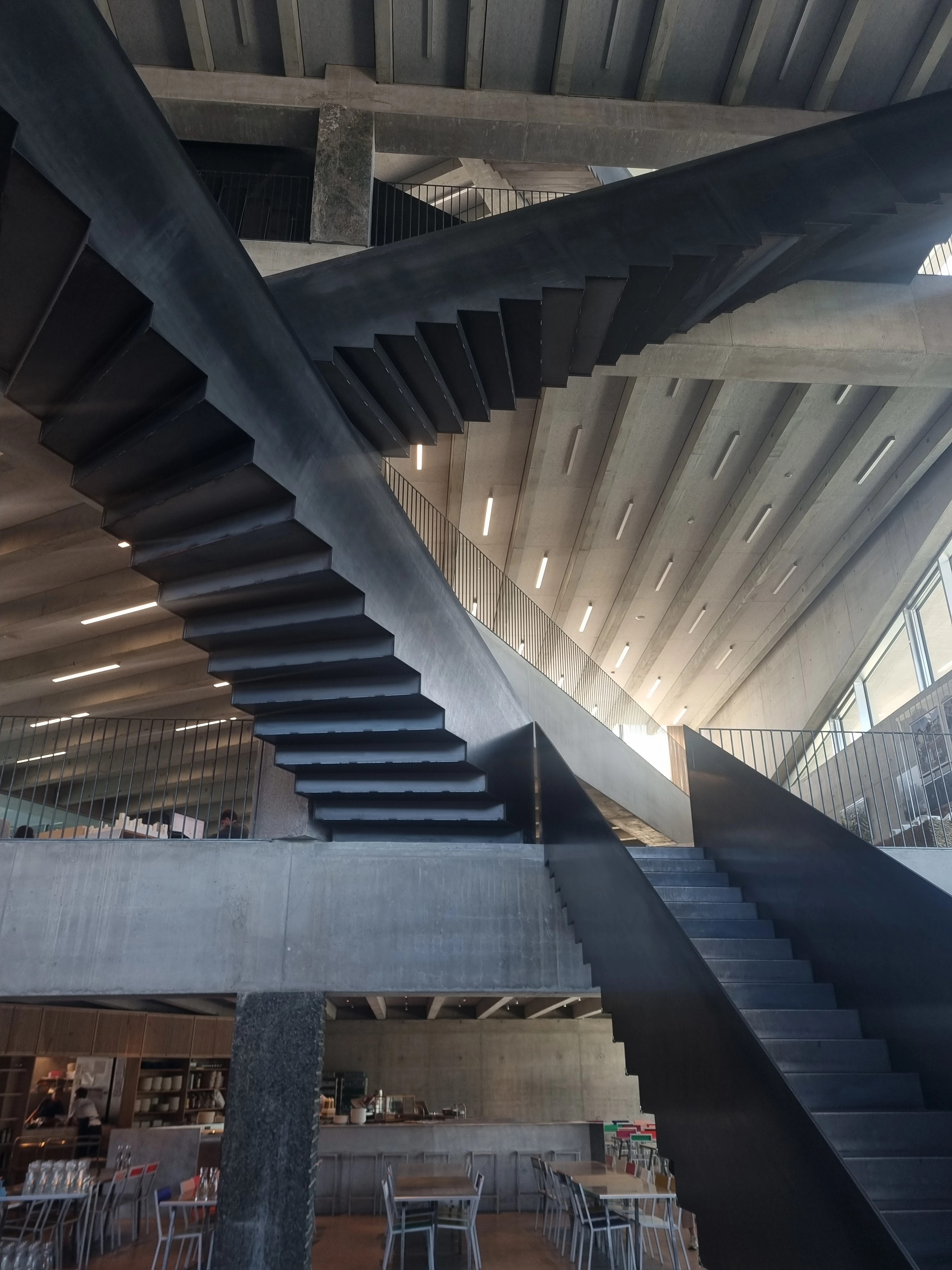
Reflections Day 3
‘CON-NECT-ED-NESS’
by Nick Souksamrane
Our final day in Copenhagen was brief but deeply resonant. Day 3 began with a visit to the studio of Lundgaard & Tranberg, a practice whose ethos echoed themes explored over the previous days, while also setting the stage for those still to come. At the heart of the practice lies an approach grounded in three key words:
Place
We were welcomed by partners Peter Thorsen and Pil Høyer Thielst at their ‘temporary’ satellite studio, just 300 metres from their original home. With the practice now numbering 65, they’ve outgrown their original space – reluctantly – but are working on an extension project to reunite the whole team under one roof.It was hard not to draw parallels with the setup back home that I’m apart of: a large practice with colleagues spread across satellite locations, all tethered back to the ‘mothership(s)’. Yet here, just one block away from their original base, Pil and Peter’s quiet urgency to bring everyone back together wasn’t about control, but about cultivating place – a physical and cultural home that fosters connection.As they shared stories of their work, a photo of the entire team on the sunny island of Majorca flashed on the screen. That image led to a conversation about a recent trip to southern England – all 65 of them – to study local barn vernacular. It wasn’t just architectural research – it was about building a common root system, a shared reference and relational framework beyond casual kitchen chats. Even something as niche as barn architecture becomes a collective memory – a place everyone can return to.
Generosity
As we listened to their stories – each project reflecting a care for Copenhagen and its people – it became clear that generosity here reaches far beyond the architecture itself.It’s found in time: the time spent researching and respecting existing structures, in exploring truly sustainable materials and in deep collaborations to create inclusive spaces. This generosity extended to our visit to Thoravej 29, a project by Pihlmann Architects where the client entrusted the architects with the freedom to experiment. They explored ways to salvage and reuse on-site materials that might otherwise have been discarded. Much of this exploration happened mid-construction: structural elements, doors, boards – all ingeniously reincorporated, sometimes reimagined into furniture moulds or architectural features.
Materials & Tectonics
Like many projects we’ve seen on this tour, Thoravej 29 embraces an honest material language. Nothing is hidden – screws are visible, patchwork is celebrated and paint is used sparingly (sorry Dulux!). The detailing doesn’t strive for perfection, but for clarity. What you see is what you get – and it’s a raw, expressive beauty.To close the day, we were guided by none other than Jan Utzon through the Bagsværd Church. As we entered the main hall, an audible gasp swept through the group. Jan spoke about the church’s concrete and steel elements – designed with rationality but composed with poetry. Each junction and surface is a study in how tectonics can become transcendental.It leaves us wondering: are we, back in Australia, placing our focus on the right things, or are we missing the deeper value of time, place and genuine connection in the way we practise architecture?
Note: Title of blogpost is name of Lundgaard & Tranberg’s installation project at the 2021 Venice Biennale.
Gallery photo credit: Nick Souksamrane, Adair Winder & Kate Shepherd
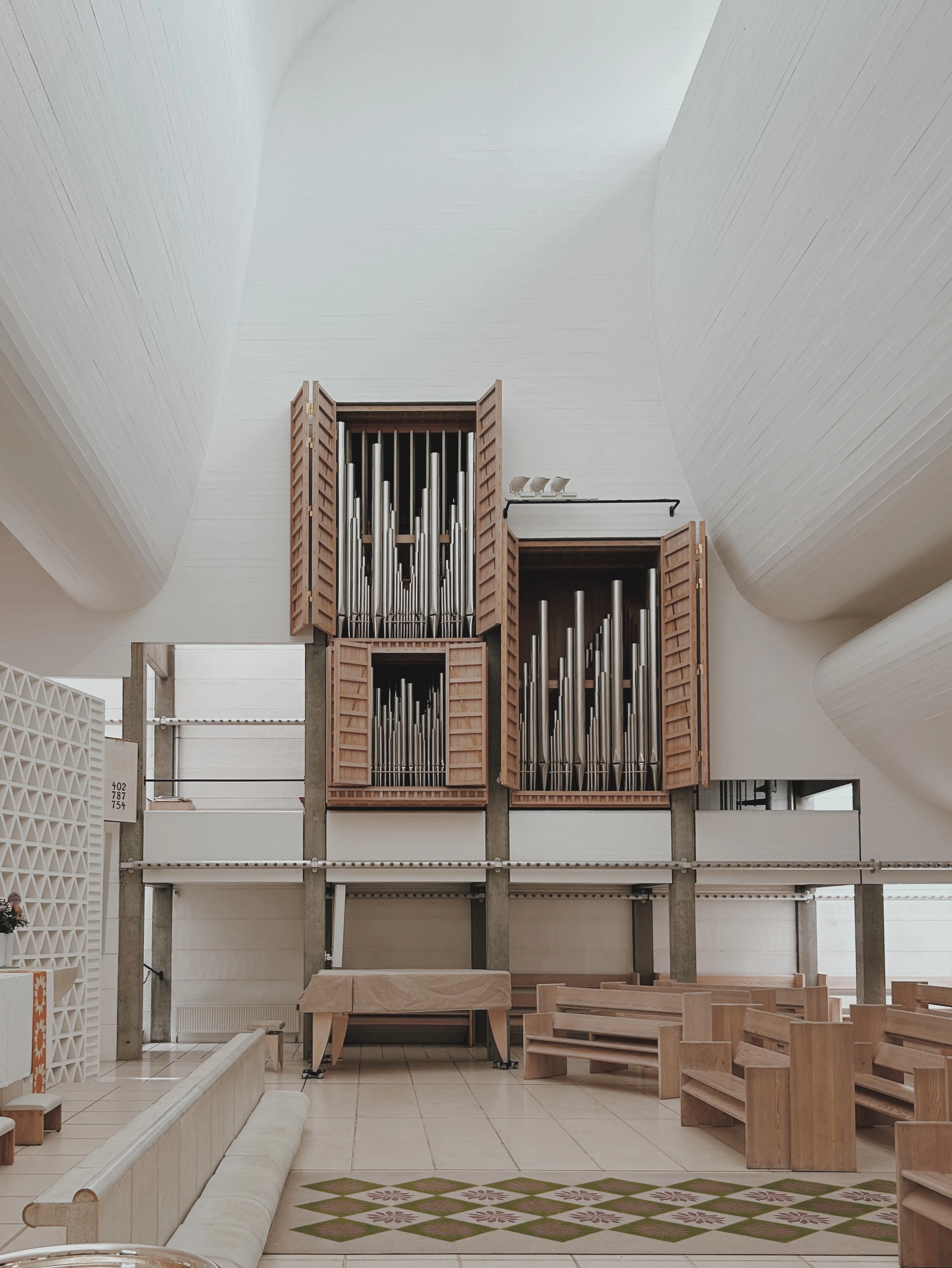


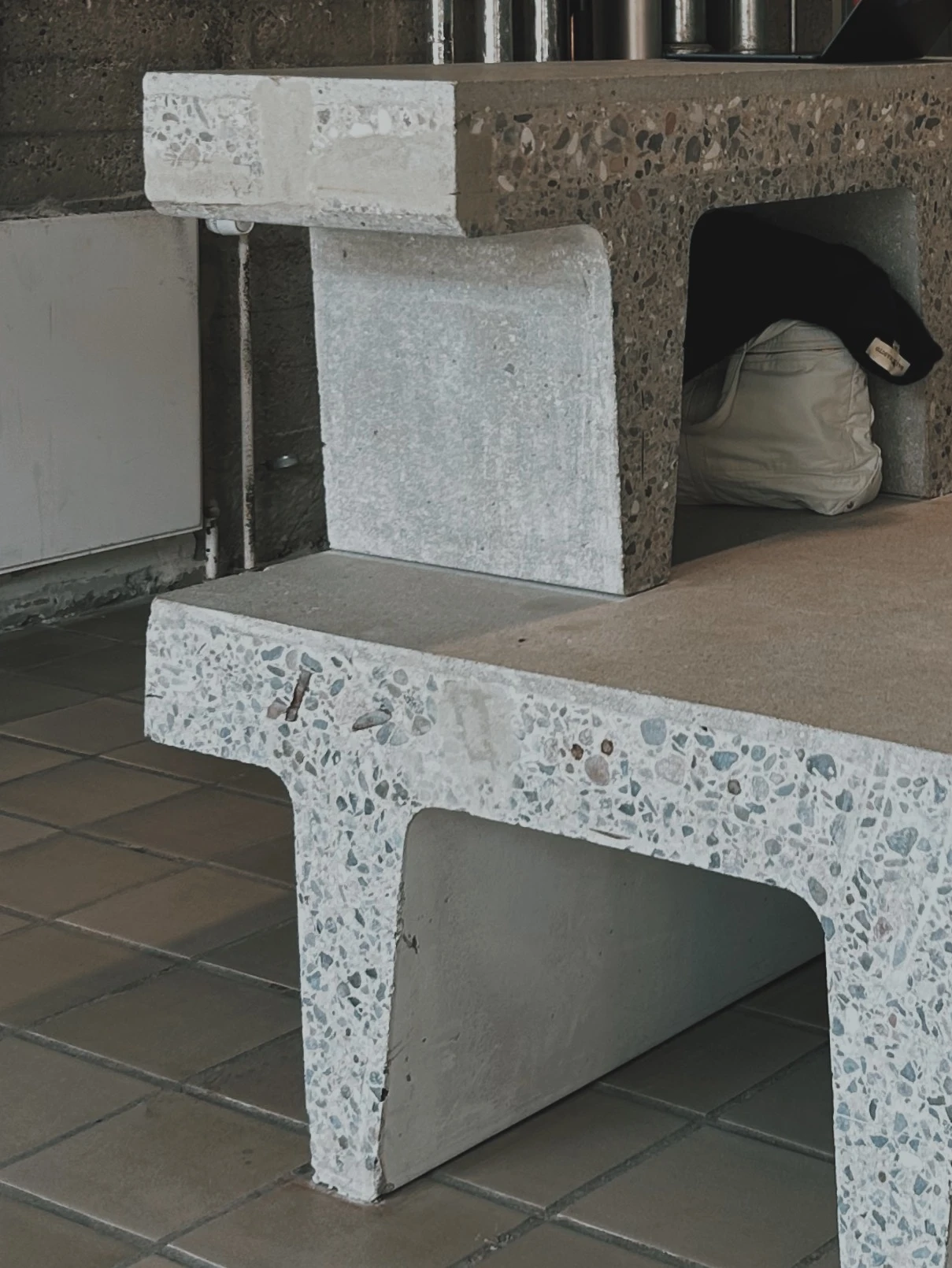
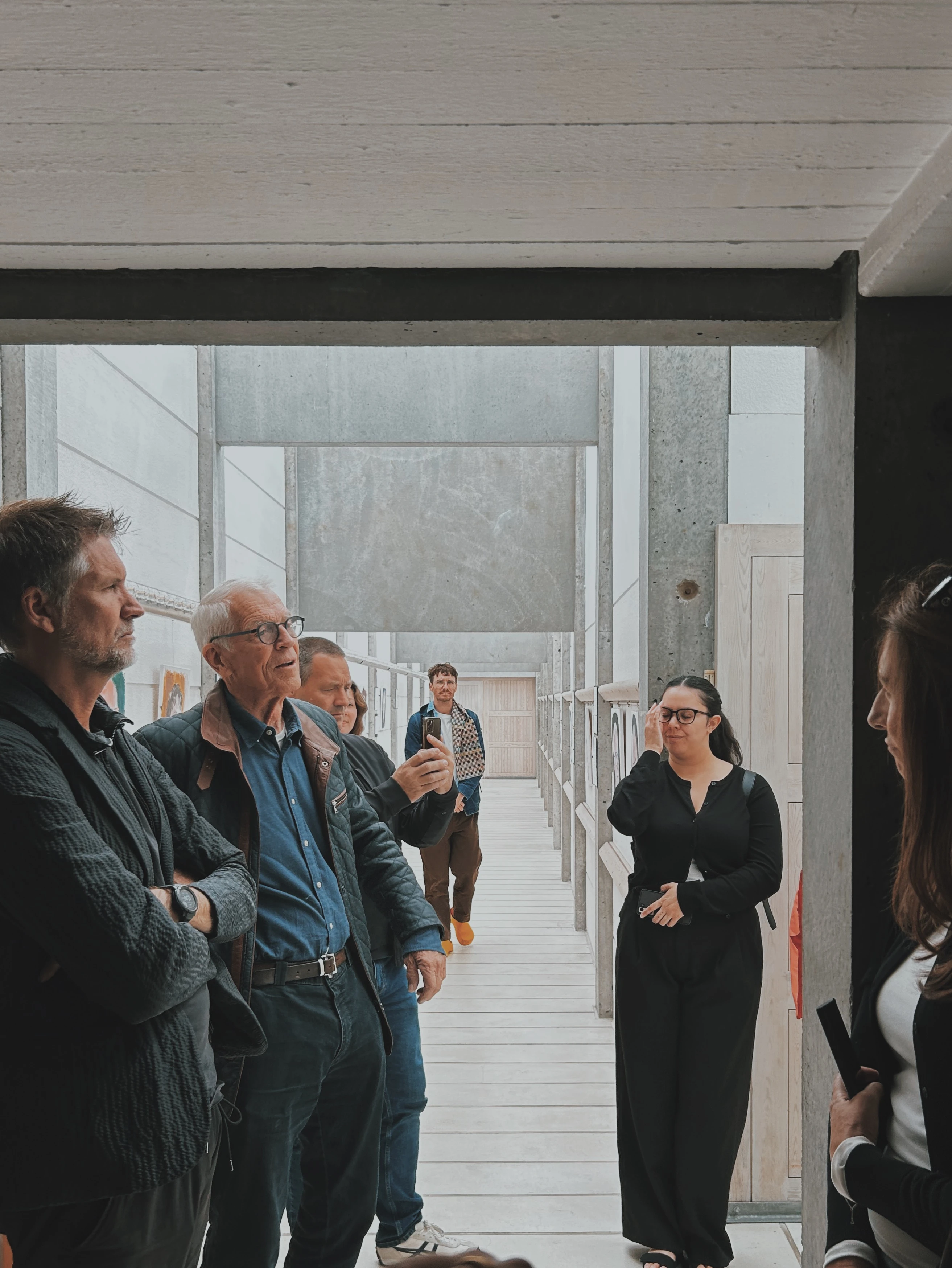

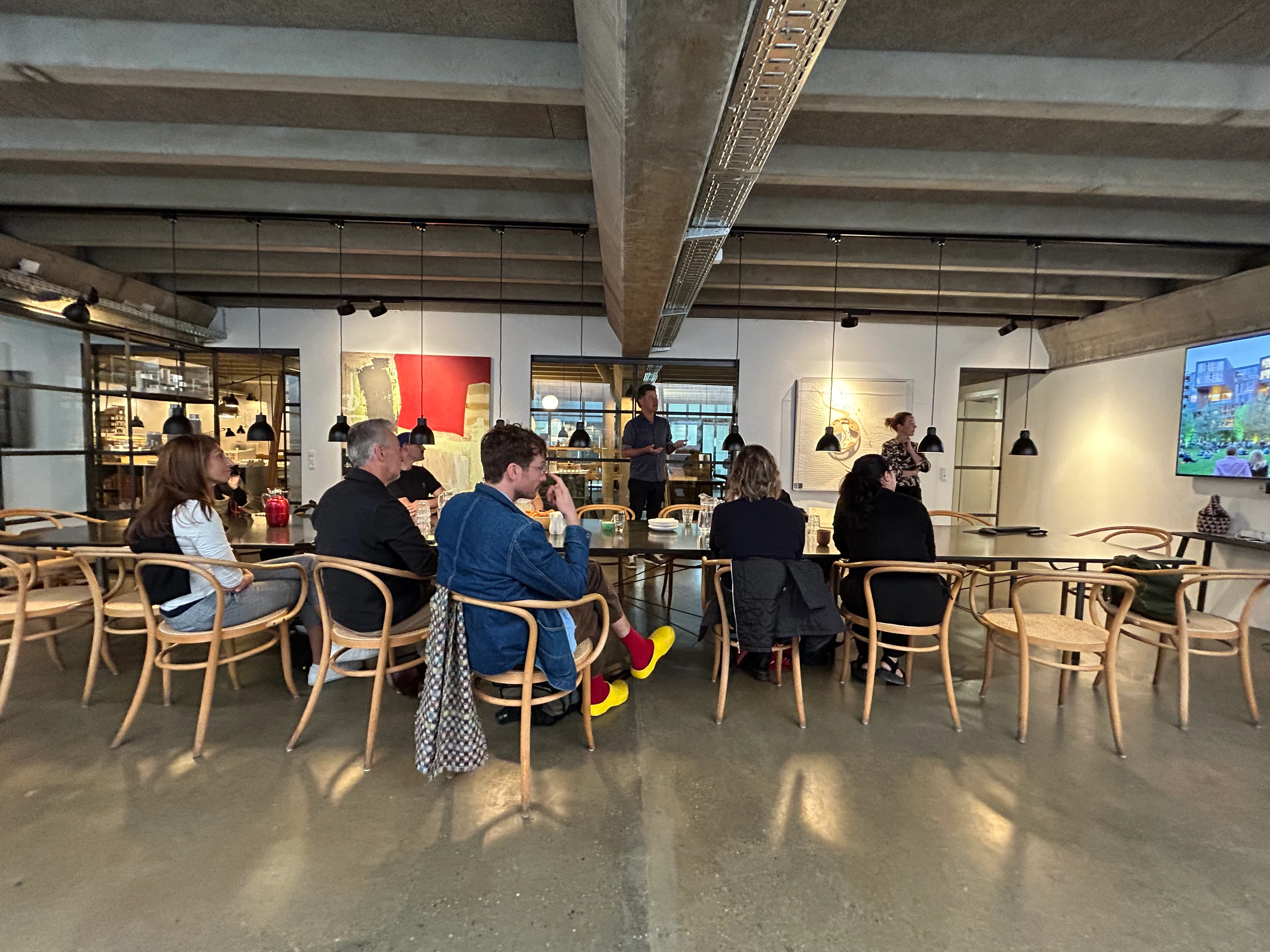
Dulux Study Tour 2025
Our winners
Meet the five architects experienced the trip of a lifetime on the coveted 2025 Dulux Study Tour featuring visits to significant architectural sites and design practices in Copenhagen, Amsterdam and Barcelona.
Pictured from left: Marni Reti, Kate Shepherd, Nicholas Souksamrane, Gumji Kang and Jimmy Carter.


